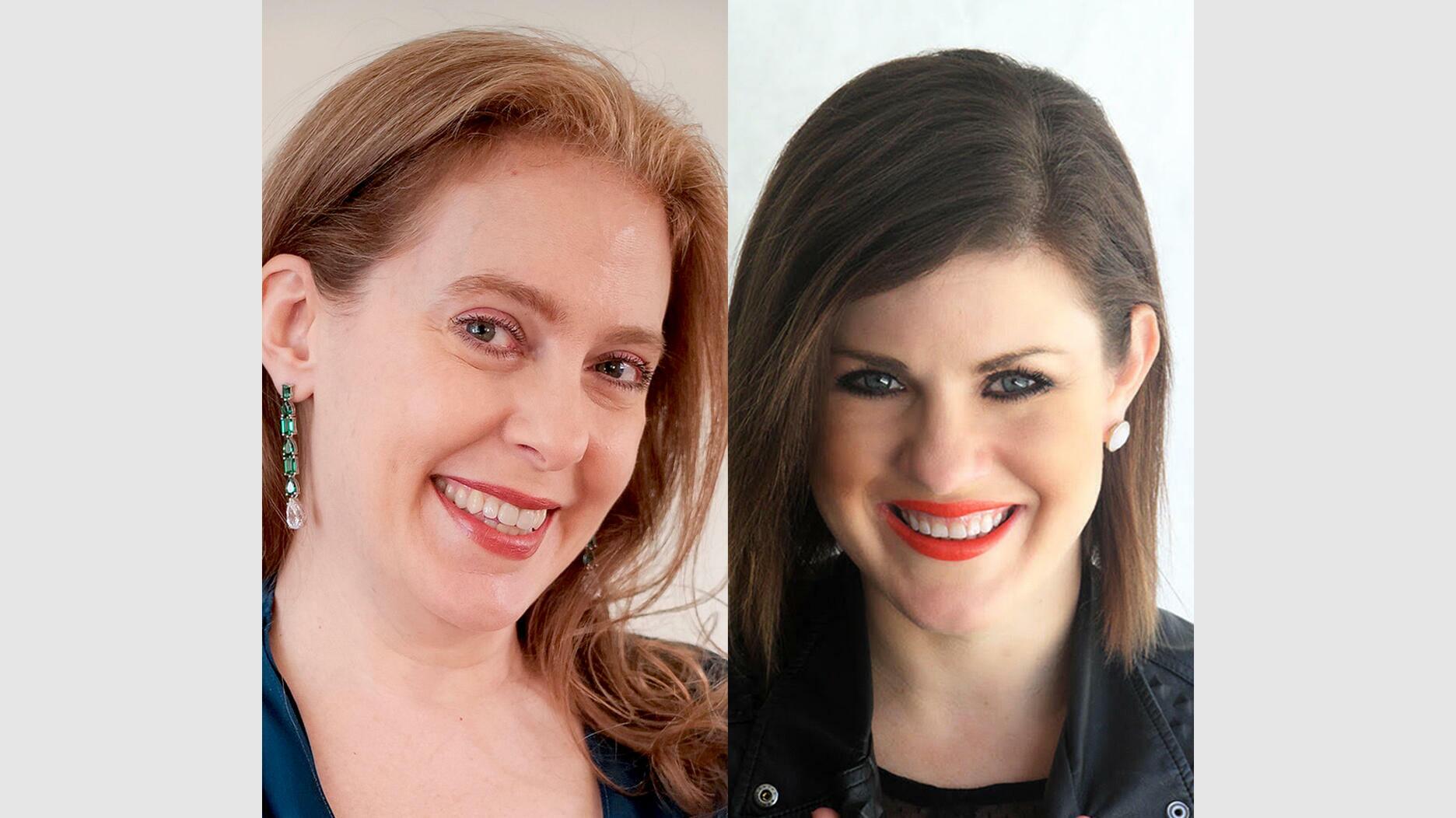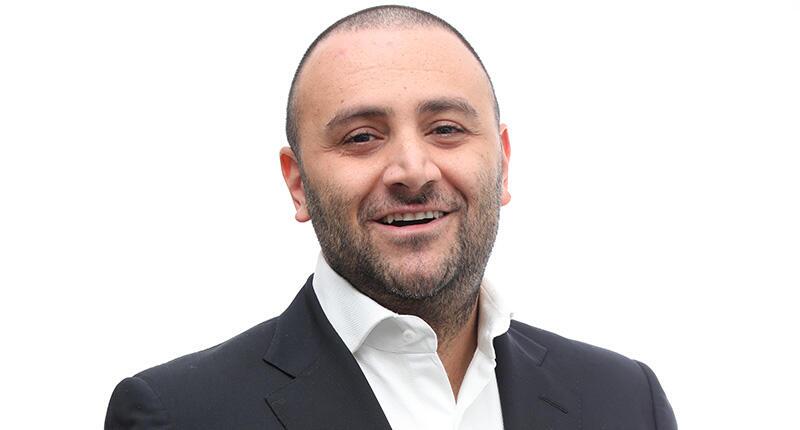Squirrel Spotting: The Challenge of Closing Sales
Many times, customers walk away without buying because of this one thing salespeople neglect to do, Peter Smith writes.

Ernest Hemingway once said, “The hard part about writing a novel is finishing it.”
He might as well have been talking about closing sales, which, in all too many cases, resembles a mystery wrapped in a conundrum.
The celebrated sales guru Brian Tracy has been quoted as saying, “Fully 50 percent of all sales conversations end without the salesperson asking for the sale.”
Yet, as Jeb Blount, another sales guru, has pointed out, “Customers say yes about 70 percent of the time when a salesperson asks for the sale in an assertive and confident manner.”
If Tracy and Blount’s estimates are even close, it is evident a considerable gap exists between the customer’s willingness to make a purchase and the degree to which the salesperson helps them to do so by requesting the close.
Cynics argue that if a salesperson warmly engages the customer, provides answers to the customer’s questions, and demonstrates good product knowledge, then the customer surely will make the purchase, regardless of whether the close was requested or not.
That argument holds no water for me as I have never, in the entire course of my career, met a cynic who was also a top salesperson.
The most talented salespeople may not fix the showcases after they have been through them, many struggle crossing t’s and dotting i’s, but none are cynics.
Being optimistic is, unsurprisingly, a critical element in the toolbox of professional salespeople.
Most top performers genuinely believe what they do improves the quality of life for their customers and, thankfully, won’t hear anything to the contrary.
Some salespeople don’t close sales because they don’t want to make the customer feel uncomfortable, as if their coming into the jewelry store was an unfortunate accident, something that ought to be avoided at all costs.
Instead, those salespeople parse out product information in lieu of real emotional connection until the conversation fizzles to an awkward and unsatisfactory conclusion.
Yet another reason, and one I suspect is at the root of the problem more often than not, is the salesperson is not equipped to deal with the rejection that can result from expressly asking for the sale.
While top sales performers don’t take rejection personally and are more inclined to see it as a temporary occurrence, a necessary byproduct of their profession, weaker salespeople see a customer’s “no” as a personal affront, as though they themselves were being rejected.
The easiest remedy for a salesperson with little resilience is to avoid asking for the sale altogether, to convince themselves the customer will tell you if they are ready to buy.
But customers want a salesperson to take control. They visit stores to have competent salespeople satisfy their needs.
Sometimes, customers can articulate those needs, but more often they rely on capable sales professionals to lead them to a place that inspires them to confidently make a purchase.
In “You Have More Influence Than You Think,” Vanessa Bohns wrote, “Our expectations of how others are likely to respond to our pitches and pleas are based on our own assumptions about their motivations and feelings—assumptions that are often inaccurate, but about which we feel confident.”
Salespeople do themselves, their places of employment, and their customers no favors when they add layers of complexity to closing sales.
Effective persuasion leverages the customer’s inherent needs and wants. If you have asked the right questions, and really listened to the customer, you ought to be able to link your solution to the needs expressed or inferred.
Be honest about the options you believe might be best, and the options you don’t think make sense and why. It’s OK to say, “Based on what you told me, I’m not sure about that one and here’s why.”
Speak positively throughout the interaction, but don’t pepper every sentence with hyperbole and false positivity unless you want your customer to see you less as a trusted partner and more as a deceptive peddler.
Know that persuasion is not controlled by the rational brain, but by the primal brain.
The best evidence is the number of times we see top salespeople close a sale without having beaten the customer into submission with unnecessary product information and irrelevant facts.
We have all marveled at how easy closing seems to be for top sales talent. Sometimes it is no more complicated than, “I love how it looks on you. You deserve that.”
In “The Sales Professionals Playbook,” Nathan Jamail wrote, “Closing a sale is straightforward, and like most things in sales, it is a simple concept, but not necessarily easy to do. We don’t want to be pushy, yet at the same time, we need to ask for the business.”
Do everyone a favor and ask for the business.
It is, after all, the whole point of why stores exist.
The Latest

The luxury goods company said founder Ippolita Rostagno will remain at the brand’s helm.

Laura Burdese, who joined the Italian luxury brand in 2022, will take on the role in July.

The National Jeweler editors revisit the most noteworthy industry happenings and design trends from 2025.

How Jewelers of America’s 20 Under 40 are leading to ensure a brighter future for the jewelry industry.

Need a gift for the cat lover who has everything? Look no further than our latest Piece of the Week.


It purchased the “Grosse Pièce,” an ultra-complicated Audemars Piguet pocket watch from the ‘20s, for a record-breaking price at Sotheby’s.

The lab-grown diamond grower now offers custom engagement and fashion jewelry through its Kira Custom Lab Jewelry service.

Roseco’s 704-page catalog showcases new lab-grown diamonds, findings, tools & more—available in print or interactive digital editions.

Chandler got his start at Michelson Jewelers and has served as DCA president and CEO since 2001. He will retire at the end of the month.

The boutique is slated to open this week inside Terminal 8, offering pre-owned Rolex watches and more to international travelers.

Sponsored by Digital Monitoring Products

The special-edition egg pendant ingested in a New Zealand jewelry store was recovered after a six-day wait.

Associate Editor Natalie Francisco plays favorites with Piece of the Week, selecting a standout piece of jewelry from each month of 2025.

The “Love and Desire” campaign is inspired by the magic that follows when one’s heart leads the way, said the brand.

Two awardees will receive free tuition for an educational course at the Swiss lab, with flights and lodging included.

Berta de Pablos-Barbier will replace Alexander Lacik at the start of January, two months earlier than expected.

Sotheby’s held its first two jewelry sales at the Breuer building last week, and they totaled nearly $44 million.

Winners will receive free registration and lodging for its fourth annual event in Detroit.

The honorees include a notable jewelry brand, an industry veteran, and an independent retailer.

Carlos Jose Hernandez and Joshua Zuazo were sentenced to life without the possibility of parole in the 2024 murder of Hussein “Sam” Murray.

Yood will serve alongside Eduard Stefanescu, the sustainability manager for C.Hafner, a precious metals refiner in Germany.

The New Orleans jeweler is also hosting pop-up jewelry boutiques in New York City and Dallas.

Set in a Tiffany & Co. necklace, it sold for $4.2 million, the highest price and price per carat paid for a Paraíba tourmaline at auction.

The jeweler’s “Deep Freeze” display showcases its iconic jewelry designs frozen in a vintage icebox.

Take luxury gifting to new heights this holiday season with the jeweler’s showstopping 12-carat sphene ring.

This year's theme is “Unveiling the Depths of the Ocean.”

In its annual report, Pinterest noted an increase in searches for brooches, heirloom jewelry, and ‘80s luxury.




























